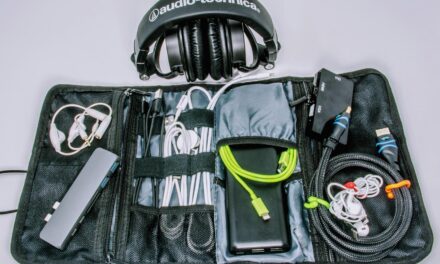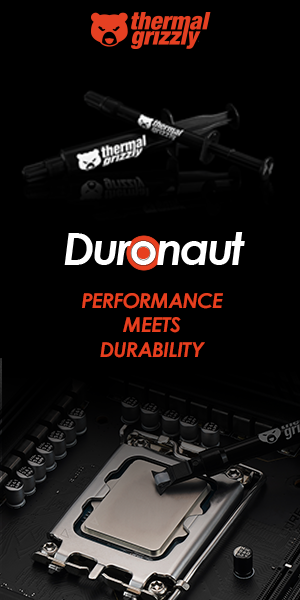
Power Conditioning Explained: 6 Key Facts You Need to Know

Power conditioning is essential for maintaining the quality and stability of the electrical power that your devices and systems rely on. It ensures that your equipment operates efficiently and is protected from various disturbances that can occur in the power supply, such as noise, surges, and voltage fluctuations. In this guide, we’ll explore six key facts about power conditioning that can help you better understand its importance and how it benefits your systems.
Power Conditioning Reduces Electrical Noise
Electrical noise refers to unwanted disturbances in the power supply that can interfere with the performance of sensitive equipment. Noise can originate from various sources, including nearby electronics, industrial machinery, and even the power grid itself. It may cause malfunctions, data corruption, or damage to delicate electronics. For businesses that rely on sensitive devices, such as medical or laboratory equipment, using power conditioning solutions at Acumentrics can significantly improve operational efficiency and protect against costly downtime due to equipment failure caused by electrical noise. Power conditioning helps reduce or eliminate this noise by filtering out unwanted signals, ensuring a clean and stable power supply for your equipment.
Voltage Regulation for Consistent Power Supply
Voltage fluctuations can occur due to various reasons, including sudden changes in power demand, grid instability, or electrical faults. These fluctuations can result in overvoltage or undervoltage conditions, both of which can harm your equipment. Overvoltage may lead to overheating and permanent damage, while undervoltage can cause equipment to malfunction or shut down unexpectedly.
Power conditioners regulate the voltage supply, ensuring that your equipment receives a consistent voltage level, even when fluctuations occur. This voltage regulation prevents damage to sensitive components and ensures that your devices function reliably, minimizing the risk of disruptions in your operations.
Surge Protection to Guard Against Spikes
Power surges, often caused by lightning strikes, power outages, or grid switching, are sudden increases in voltage that can damage or destroy electrical equipment. Surge protection is a critical component of power conditioning, as it protects against these unexpected voltage spikes.
Power conditioners with built-in surge protectors absorb the excess energy from a surge and divert it away from your equipment. This protective measure is essential for preventing costly damage to critical systems, such as servers, data centers, and industrial machinery, which are particularly vulnerable to sudden power surges.
Improving Power Efficiency

In addition to protecting your equipment, power conditioners can also improve overall power efficiency. They help eliminate electrical noise, voltage fluctuations, and surges, which can all lead to energy losses. By ensuring a clean and stable power supply, power conditioning minimizes waste and allows your equipment to operate more efficiently.
For businesses focused on energy conservation and cost reduction, implementing power conditioning solutions can contribute to lower energy bills and longer equipment lifespans. By optimizing power usage, companies can reduce their overall operational costs and environmental impact.
Protecting Sensitive Equipment
Protecting sensitive equipment is one of the most crucial benefits of power conditioning. In today’s digital and high-tech environment, many industries rely on complex systems and devices that are extremely sensitive to even the smallest fluctuations in power quality. Equipment such as medical devices, telecommunications systems, laboratory instruments, data servers, and manufacturing machinery all require stable, clean power to function properly. When subjected to electrical disturbances such as voltage spikes, surges, sags, or electrical noise, these sensitive systems can experience malfunctions, data loss, reduced efficiency, or even catastrophic failure.
Medical environments are particularly dependent on sensitive equipment that cannot afford to experience any power disturbances. Devices such as MRI machines, ventilators, and infusion pumps require continuous, clean power to ensure that they operate correctly and safely. Even a minor power disruption could result in inaccurate readings, device malfunctions, or interruptions in patient care, all of which could have serious consequences. Power conditioning systems play a vital role in healthcare settings by filtering out electrical noise and stabilizing voltage, thus ensuring that life-saving medical devices continue to function flawlessly even in the face of power grid instability.
In industrial settings, protecting sensitive equipment is equally important. Modern manufacturing plants often rely on automated systems, robotics, and precision machinery to maintain production efficiency. These machines are highly sensitive to voltage fluctuations and power surges. A sudden spike in voltage or an unexpected drop in power could cause equipment to malfunction or shut down entirely, leading to costly production delays and potential damage to the equipment itself. Additionally, industrial processes are often interconnected, meaning that a failure in one piece of equipment could cascade into a system-wide shutdown, disrupting operations and affecting the entire supply chain. By implementing power conditioning systems, manufacturers can protect their valuable equipment from power disturbances and ensure continuous, efficient operation.
Long-Term Cost Savings
While the initial investment in a power conditioning system may seem substantial, the long-term cost savings it provides can far outweigh the upfront expense. Power conditioning systems are designed to protect valuable equipment from a variety of power disturbances, such as surges, voltage fluctuations, and electrical noise. These disturbances can significantly shorten the lifespan of sensitive devices, leading to expensive repairs or premature replacements. By ensuring that equipment receives clean, stable power, power conditioning systems help extend the lifespan of your machinery and electronics, which translates into substantial cost savings over time.
One of the most immediate cost-saving benefits of power conditioning is the prevention of damage from power surges and spikes. Power surges, caused by lightning strikes, power outages, or grid switching, can send thousands of volts into your system, damaging or destroying sensitive equipment in an instant. Without proper surge protection, businesses can face not only the cost of replacing expensive devices but also the financial loss associated with system downtime. By diverting or absorbing excess voltage, power conditioners protect your equipment from these potentially devastating events, saving you from unexpected repair or replacement costs.
In addition to protecting against surges, power conditioners help mitigate the effects of voltage fluctuations. Voltage sags and spikes can cause erratic behavior in electrical systems, leading to shutdowns, data loss, or malfunctioning of critical equipment. The cost of such disruptions can be particularly high in industries that rely on continuous operations, such as manufacturing, healthcare, or data centers. Unplanned downtime can lead to lost productivity, missed deadlines, and even revenue loss. With a power conditioning system in place, your equipment can maintain optimal performance, even in unstable power conditions, reducing the likelihood of downtime and its associated costs.
Power conditioning is an essential aspect of maintaining a reliable, efficient, and safe power supply for your equipment. By reducing electrical noise, regulating voltage, and protecting against surges, power conditioning ensures that your systems operate at peak performance while minimizing the risk of costly disruptions or damage. Whether you operate in healthcare, industrial manufacturing, or any other field that relies on sensitive electronics, investing in power conditioning solutions can offer long-term benefits, including cost savings, improved efficiency, and extended equipment lifespans.

























